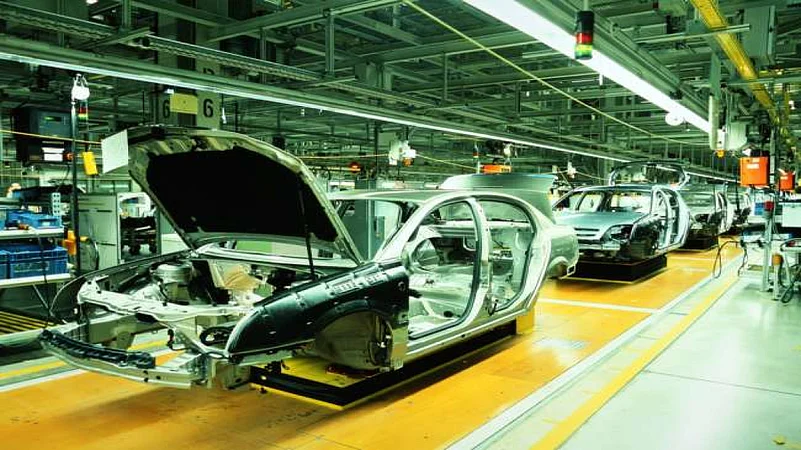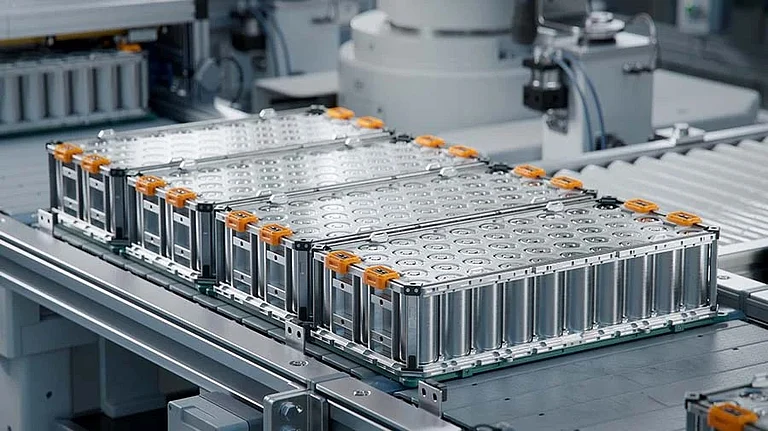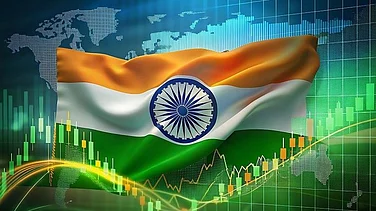The Centre has disbursed incentives worth Rs 322 crore under PLI for automobile and auto components for FY24, the first performance year of the scheme. The disbursements were made to Tata Motors, Mahindra & Mahindra, Ola Electric Technologies and Toyota Kirloskar Auto Parts.
The incentives were disbursed in FY25, it said in a statement on Thursday, adding that companies under the scheme have committed over Rs 25,000 crore in capital investment as of December 2024.
The investments include setting up new production facilities and upgrading technology. Tata Motors and Mahindra & Mahindra have committed to massive investments in EV production capacity, the statement added.
It is estimated that the scheme may attract a total investment of Rs 42,500 crore.
Moreover, out of the estimated incremental sales of Rs 2.31 lakh crore, the scheme has so far achieved incremental sales of Rs 15,230 crore and about 38,186 jobs have been created due to the investments.
“Sales growth in sectors like electric vehicles (EVs) and critical components have seen significant improvements. For example, the introduction of new models in the EV sector has led to rise in sales,” the statement added.
The Union Cabinet had approved the PLI scheme for automobile and auto components in 2021 with a budgetary outlay of Rs 25,938 crore.
The government has so far approved 18 OEMs and 64 component manufacturers under the scheme.
Unlike the PLI scheme for electronics manufacturing, the slow pace of the scheme for automobile sector has been a concern for the government.
Only 6 OEMs and 7 component manufacturers have so far got the DVA (domestic value addition) certificates for their 66 approved variants and 22 approved variants, respectively.
The certificates are given to companies that meet the 50% DVA norm to be eligible to receive incentives from the government. The DVA norm is aimed to reduce imports and create domestic and global supply chain in the sector.
The Indian automobile industry is estimated to be valued at $160 billion in 2027, growing at a CAGR of 8.1 percent. The industry contributes to about 7% to the country’s GDP and 4.7% in exports, providing direct and indirect employment to over 19 million people.































